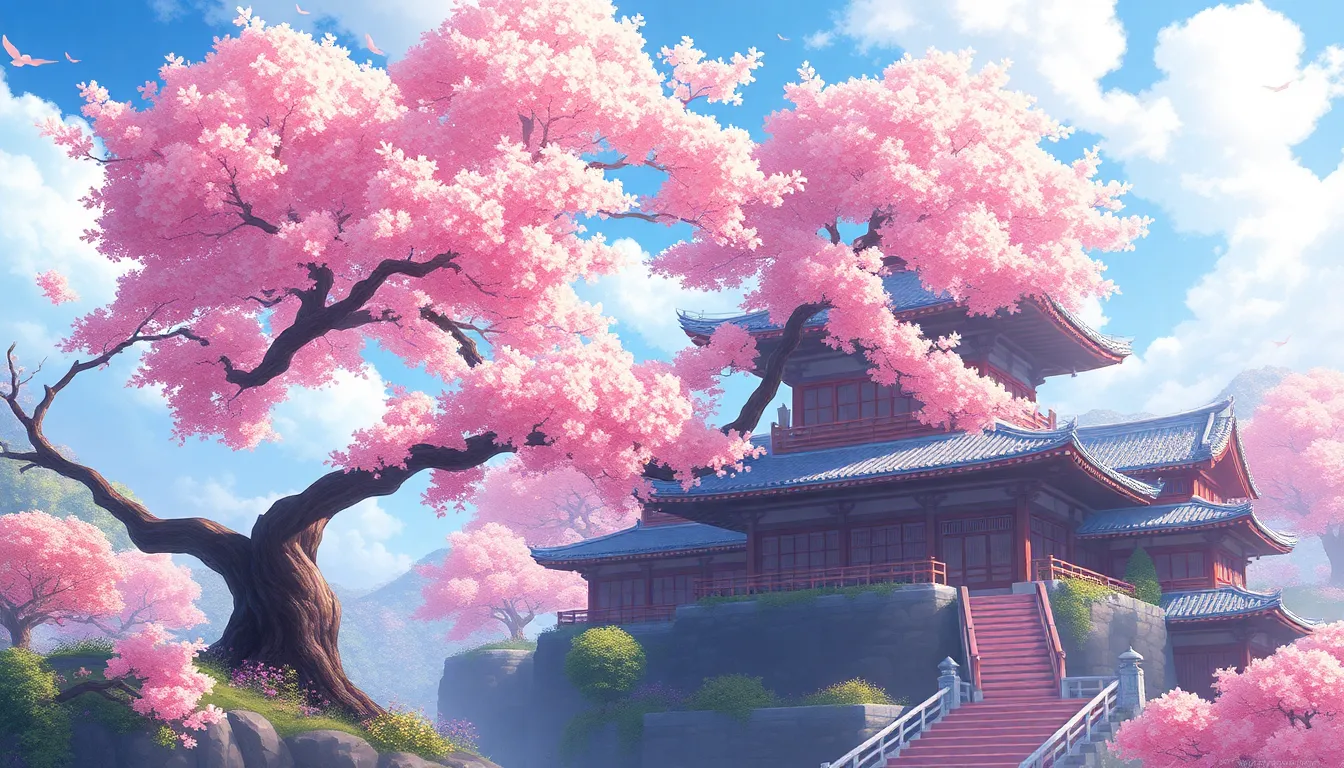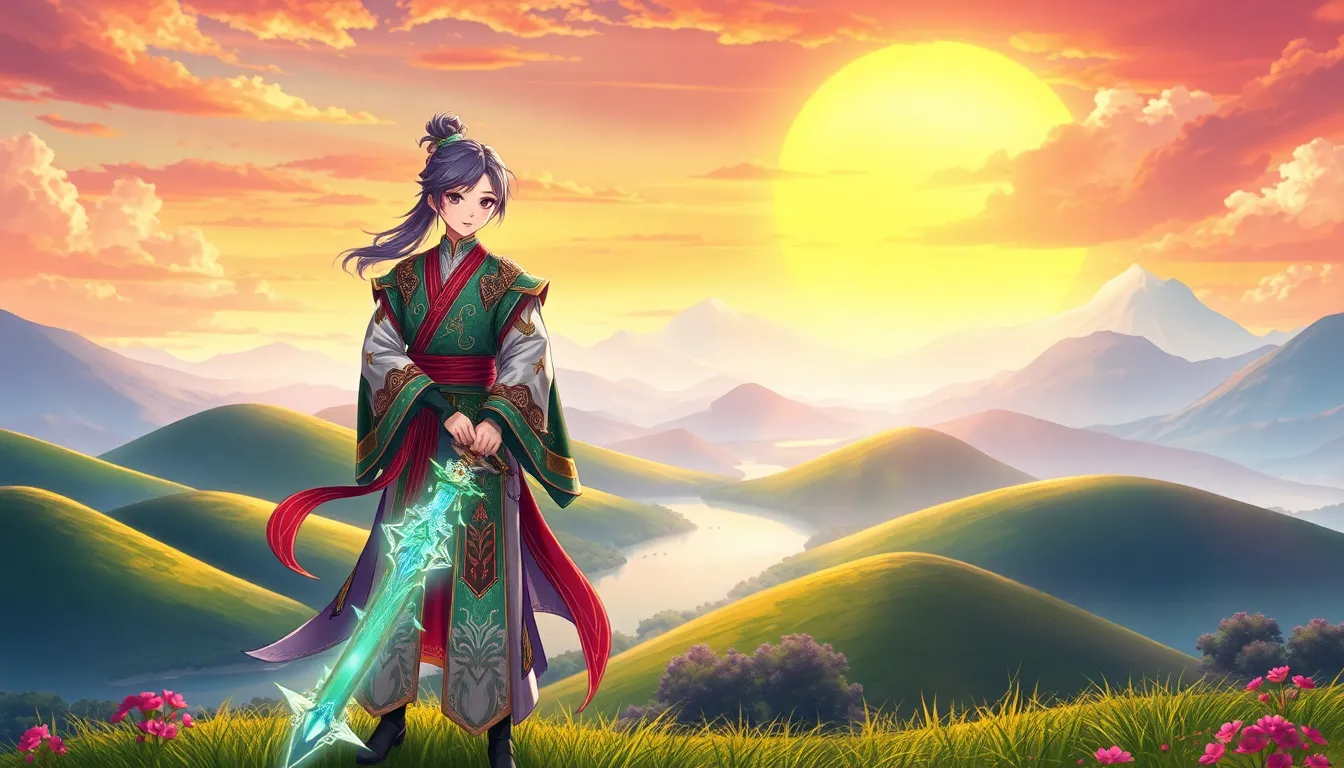In the enchanting world of Genshin Impact, concept art serves as the magical blueprint that brings characters and landscapes to life. Every stroke of the artist’s brush whispers secrets of Teyvat’s vibrant realms, inviting players to explore its mysteries. From the whimsical designs of beloved characters to breathtaking vistas, this art isn’t just an afterthought—it’s the heart and soul of the game.
Imagine diving into the creative process behind the stunning visuals that captivate millions. Genshin’s concept art showcases not just creativity but also a deep understanding of storytelling. It’s like peeking behind the curtain of a grand stage production, where every detail matters. So grab your favorite snack and settle in as we embark on a journey through the captivating world of Genshin concept art. You won’t just see art; you’ll feel the magic that makes Teyvat truly unforgettable.
Genshin Concept Art
Concept art in Genshin Impact plays a pivotal role in shaping the game’s visual identity. It captures the essence of characters and environments within the expansive world of Teyvat. The artistry enhances storytelling by providing visual cues that resonate with players. Each piece reflects detailed textures, colors, and designs that breathe life into the game’s universe.
Key contributors to this artistic vision include talented illustrators and designers who craft compelling visuals. They employ a variety of techniques to develop distinct character looks and intricate landscapes. These elements not only establish mood but also evoke emotions linked to gameplay experiences.
Significant themes arise from Genshin’s concept art, including cultural inspirations and elemental motifs. Each region’s art style embodies local traditions, enhancing the narrative woven throughout the game. Players often find a deeper connection to characters when they see the artistic background of their designs.
Detailed character sheets and environment art provide insight into the development process. These artifacts showcase initial sketches that evolve into fully realized entities, capturing the iterative nature of game design. Visual storytelling thrives through these preliminary artworks, revealing the thought and creativity invested in Genshin.
Interactivity with concept art occurs through various official materials released by miHoYo. Art books and online galleries allow fans to explore behind-the-scenes content. Engaging with this art further enriches the player’s journey, fostering a deeper appreciation for the creativity involved in Genshin Impact.
Artistic Style and Themes

Genshin Impact’s concept art showcases a unique artistic style that blends various cultural influences with vibrant colors and intricate details.
Character Design
Character design plays a significant role in Genshin Impact’s visual storytelling. Designers craft each character’s appearance to reflect their background and personality. For instance, characters from Liyue possess traditional Chinese attire, while those from Mondstadt show Western influences. Talented illustrators provide character sheets that detail various expressions and poses, enhancing player immersion. Through careful selection of colors, shapes, and motifs, artists evoke specific emotions tied to each character’s narrative. This attention to detail strengthens emotional connections, helping players relate to each character on a personal level.
Environment Design
Environment design in Genshin Impact mirrors the cultural richness of Teyvat’s regions. Artists curate breathtaking landscapes that illustrate each area’s unique essence. For example, Inazuma draws inspiration from Japanese aesthetics, featuring cherry blossoms and traditional architecture. Color palettes and environmental elements evoke distinct atmospheres, guiding players through diverse environments. Each region’s visual identity connects players to the lore and culture. As a result, immersive environments encourage exploration, promoting interaction with the world. Through dynamic landscapes, the concept art piques interest and heightens the overall gaming experience.
Influences and Inspirations
Genshin Impact’s concept art is deeply influenced by various cultural elements and artistic movements that enhance its visual narrative.
Cultural Elements
Cultural significance plays a vital role in shaping Genshin’s art. Each region in Teyvat reflects distinct cultural heritage, contributing to a rich tapestry of visuals. The design of Liyue characters, for instance, incorporates traditional Chinese attire, showcasing intricate patterns and symbolism. Mondstadt characters often display Western styles, emphasizing freedom and adventure. Inazuma’s architecture draws from Japanese influences, revealing a blend of modern and ancient aesthetics. These cultural elements create a connection between players and the game’s diverse characters, enhancing immersion and engagement with the story.
Artistic Movements
Artistic movements serve as a foundation for Genshin’s unique visual style. Techniques from Impressionism are evident in the use of light and color, creating vibrant landscapes. The game’s character designs pay homage to Art Nouveau, highlighted by organic forms and flowing lines. Elements of Surrealism add fantastical elements, encouraging players to explore imaginative interpretations of the game world. Incorporating these movements not only enriches character and environment designs but also evokes emotions tied to gameplay experiences, providing visual storytelling that resonates with players across different cultures.
Development Process of Genshin Concept Art
The development of Genshin Impact’s concept art involves several stages, each critical for creating the game’s visual representation. Artists begin by researching cultural influences, ensuring that elements in Teyvat reflect authenticity and depth. Initial sketches emerge from brainstorming sessions, showcasing various character designs and environmental concepts.
Collaborative efforts between illustrators and designers refine these sketches into more detailed representations. Character sheets provide insight into appearances, personality traits, and backstories, while environment art captures the essence of each region. This iterative process enhances the final visuals, allowing for adjustments that align with the game’s narrative.
Feedback plays a significant role throughout the development process. Team members review designs, offering constructive criticism to improve visual elements. Incorporating diverse perspectives leads to richer and more immersive designs that resonate with players.
The blending of artistic styles deepens the overall impact of the concept art. Genshin Impact draws from Impressionism, Art Nouveau, and Surrealism, creating a unique aesthetic that sets it apart from other games. Detailed studies of color palettes and composition techniques contribute to the vibrant worlds that players explore.
Publishing art books and online galleries supports fan engagement with Genshin’s creative process. Fans gain access to behind-the-scenes content, fostering appreciation for the artistry involved. Concept art’s interactive nature allows for deeper connections between the community and the game’s rich visuals.
In essence, the development process reflects a commitment to artistic excellence, producing compelling visuals that enhance gameplay and storytelling. Each piece of concept art serves as a building block in Genshin Impact’s captivating universe.
Impact on Gaming and Community
Genshin Impact’s concept art significantly shapes gaming culture and community engagement. The artistic representation of characters and environments fosters a deeper connection between players and the game. Artwork invites fans to explore Teyvat’s intricate world, enhancing their understanding of its lore.
Creative collaboration among talented artists produces concept art that resonates within the community. Artbooks and online galleries provide players access to the development journey, creating excitement and curiosity. Sharing these visual treasures through social media platforms amplifies community discussions and encourages fan art.
Cultural elements embedded in the concept art enrich player experiences. Each region reflected in the artwork presents unique traditions, strengthening players’ ties to Genshin’s diverse character roster. Understanding the inspirations behind character designs deepens appreciation for these creations.
Moreover, the iterative design process involves feedback loops that refine artistic choices. Artists continuously adapt their work based on player responses, which fosters a sense of belonging among the community. Concept art benefits from this dialogue, ultimately appealing to a broader audience.
Engagement with Genshin Impact’s visuals transcends mere aesthetics. Players often express admiration for the level of detail in both characters and environments. The incorporation of cultural influences elevates the narrative, allowing for rich storytelling that resonates widely.
Concept art serves as a catalyst for creativity among fans. Inspired by the game’s visuals, players frequently produce their own interpretations and fan works. This active participation strengthens the community and promotes a sense of shared ownership over Genshin Impact’s evolving artistic legacy.
Conclusion
The concept art of Genshin Impact stands as a testament to the game’s artistic vision and cultural depth. Each illustration not only showcases the unique aesthetics of Teyvat’s regions but also weaves a narrative that resonates with players. This artistry invites fans to immerse themselves in the vibrant world, fostering a sense of community and shared appreciation.
As players explore the intricate designs and cultural influences, they connect more deeply with the characters and their stories. The iterative creative process behind the concept art highlights the dedication to quality and authenticity, ensuring that every visual element enhances the overall gaming experience. Genshin Impact’s concept art continues to inspire creativity and engagement, solidifying its place in gaming culture.
